11 things you really need to know about sun safety
11-things-you-really-need-to-know-about-sun-safety
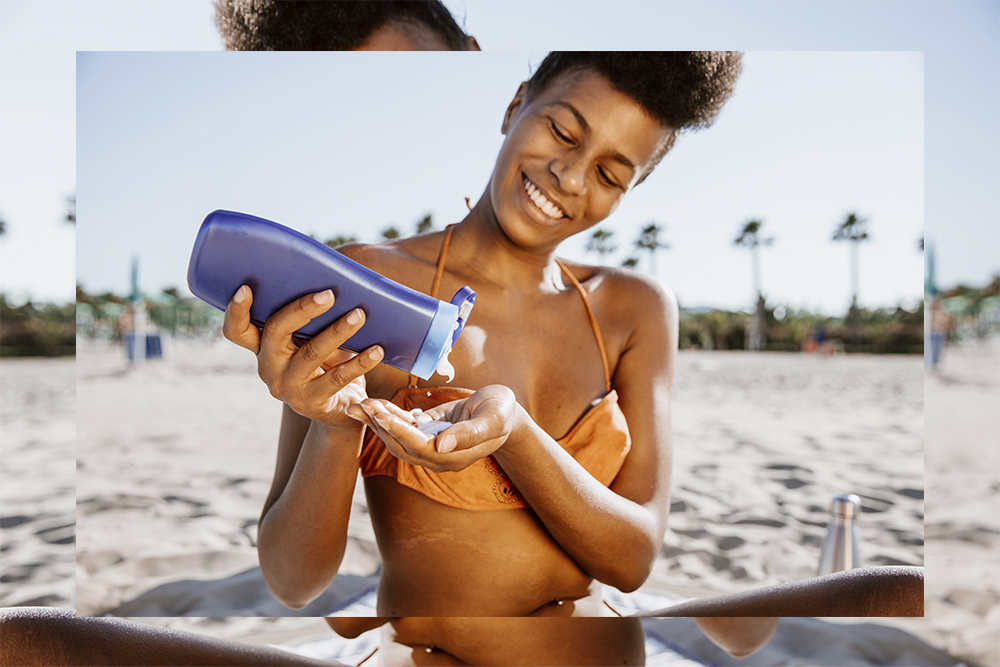
Published: 8 July 2021. Written by: Cheryl Freedman.
Most of us are still getting sun protection all wrong. Follow these rules to get back on track and make the most of the sunshine safely. Just because it’s unlikely you’ll be jetting off abroad this summer, it doesn’t mean you should pack the SPF 50 away just yet. The sun in the UK can be extraordinarily fierce in July and August, and avoiding burning is paramount if we want to avoid the risk of skin cancers (not to mention age spots and other skin conditions). Of course, the sun isn’t all bad. We do need a short sunshine fix several times weekly for our skin to make enough vitamin D – vital for healthy bones and immunity – with one in five deficient in the UK. Plus, research shows exposure to sunlight actually increases levels of the good-mood hormone serotonin. This summer, enjoy the positive benefits of sunshine with our safety bible. Parasols at the ready, here’s what you need to know...1. You still need protection on cloudy days
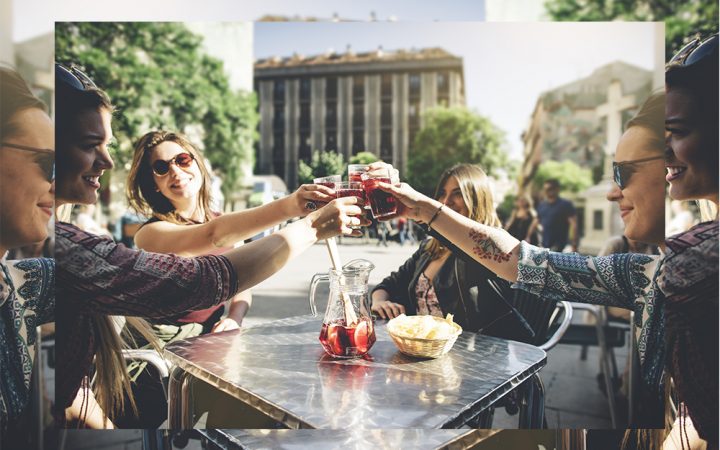 The UK sun is strong enough to potentially burn you from mid-March to mid-October. And that’s not necessarily only under clear blue skies, with over 90% of UV rays able to pass through light clouds.
However, 74% of Brits say that they’re unlikely to use sunscreen on a cloudy summer’s day, according to 2019 research by Cancer Research UK and Nivea.
Take particular care in your own back garden, where we often let down our guard – the place 27% of people say they most often get burned, according to the same study.
The UK sun is strong enough to potentially burn you from mid-March to mid-October. And that’s not necessarily only under clear blue skies, with over 90% of UV rays able to pass through light clouds.
However, 74% of Brits say that they’re unlikely to use sunscreen on a cloudy summer’s day, according to 2019 research by Cancer Research UK and Nivea.
Take particular care in your own back garden, where we often let down our guard – the place 27% of people say they most often get burned, according to the same study.
2. Your sunscreen has a shelf life
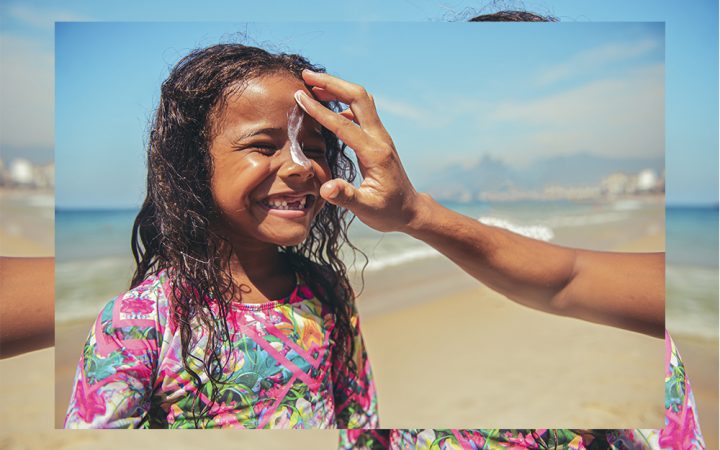 Still squeezing out the dregs from that bottle of lotion you bought in Ibiza in 2017? Bad news: sunscreen’s protective powers don’t last indefinitely, with a shelf life of around three years if stored properly.
Research showed one in five wearers knowingly used old sunscreen. You should always check the period-after-opening symbol, which depicts an open jar and has the number of months a product can be safely used after opening. In the case of sunscreen, this is usually 12 months.
Even if your sunscreen isn’t ancient, active ingredients can lose effectiveness – for example, if stored in a stuffy car. Signs of spoiling include a watery consistency, strange colour and bad smell. Treat yourself to a new sunscreen, a small price to pay for fielding off skin damage.
Still squeezing out the dregs from that bottle of lotion you bought in Ibiza in 2017? Bad news: sunscreen’s protective powers don’t last indefinitely, with a shelf life of around three years if stored properly.
Research showed one in five wearers knowingly used old sunscreen. You should always check the period-after-opening symbol, which depicts an open jar and has the number of months a product can be safely used after opening. In the case of sunscreen, this is usually 12 months.
Even if your sunscreen isn’t ancient, active ingredients can lose effectiveness – for example, if stored in a stuffy car. Signs of spoiling include a watery consistency, strange colour and bad smell. Treat yourself to a new sunscreen, a small price to pay for fielding off skin damage.
3. You almost certainly aren’t using enough sunscreen
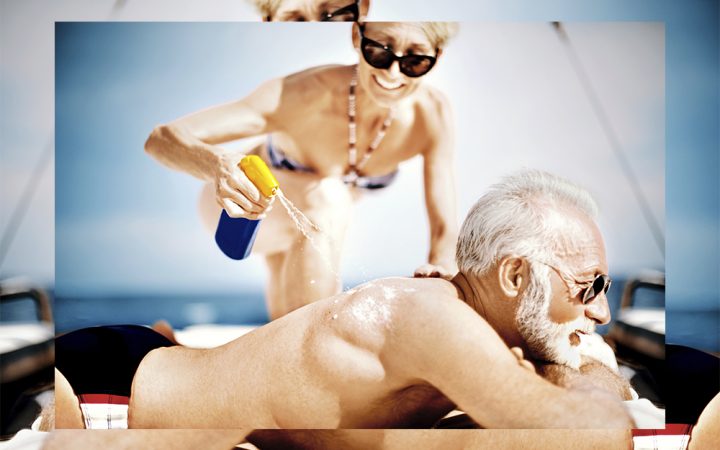 Many of us virtuously apply sunscreen in the morning, or before the beach, then feel our duty is done. But for ongoing protection, we should slather it on religiously every two hours, say the experts.
Studies show most of us don’t apply it thickly enough. Dermatologist and British Skin Foundation spokesperson, Dr Derrick Phillips, says the average adult needs at least six teaspoons of sunscreen lotion for decent full-body coverage.
If your sunscreen is lasting a long time, chances are you’re scrimping. And ensure you pay attention to those areas we commonly miss: ‘The back and sides of the neck, temples and ears,’ says Dr Phillips.
Many of us virtuously apply sunscreen in the morning, or before the beach, then feel our duty is done. But for ongoing protection, we should slather it on religiously every two hours, say the experts.
Studies show most of us don’t apply it thickly enough. Dermatologist and British Skin Foundation spokesperson, Dr Derrick Phillips, says the average adult needs at least six teaspoons of sunscreen lotion for decent full-body coverage.
If your sunscreen is lasting a long time, chances are you’re scrimping. And ensure you pay attention to those areas we commonly miss: ‘The back and sides of the neck, temples and ears,’ says Dr Phillips.
4. You need both UVA and UVB coverage
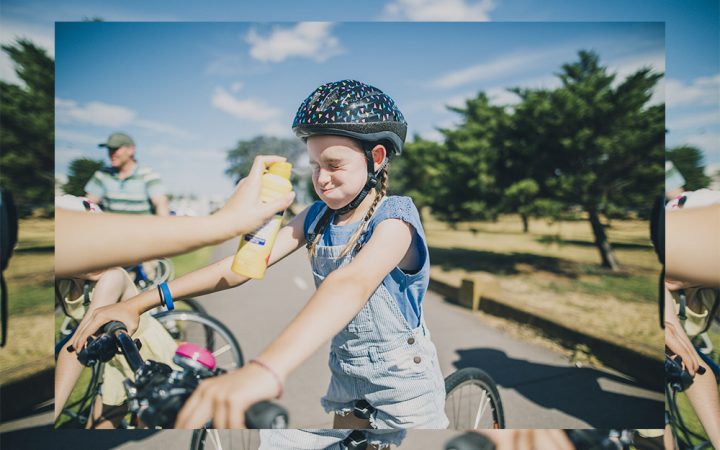 It’s easy to grab whatever’s on special offer, but it’s important to choose a broad-spectrum sunscreen containing both UVA and UVB filters.
Confused as to what this actually means? ‘UVA and UVB are the two frequencies of ultraviolet radiation emitted by the sun that reach us on earth,’ says Dr Phillips.
UVB has a shorter wavelength. ‘Responsible for sunburn, it’s strongly linked with melanoma and other skin cancers. In the UK, it peaks during the summer but doesn’t penetrate glass.’ The SPF or sun protection factor tells you how good a sunscreen is at protecting against UVB.
UVA has a longer wavelength. ‘It’s responsible for most signs of ageing (wrinkles, leathery skin and dark marks), penetrates glass and is present throughout the year.’ Check the circular UVA star rating symbol on bottles – five is the maximum.
It’s easy to grab whatever’s on special offer, but it’s important to choose a broad-spectrum sunscreen containing both UVA and UVB filters.
Confused as to what this actually means? ‘UVA and UVB are the two frequencies of ultraviolet radiation emitted by the sun that reach us on earth,’ says Dr Phillips.
UVB has a shorter wavelength. ‘Responsible for sunburn, it’s strongly linked with melanoma and other skin cancers. In the UK, it peaks during the summer but doesn’t penetrate glass.’ The SPF or sun protection factor tells you how good a sunscreen is at protecting against UVB.
UVA has a longer wavelength. ‘It’s responsible for most signs of ageing (wrinkles, leathery skin and dark marks), penetrates glass and is present throughout the year.’ Check the circular UVA star rating symbol on bottles – five is the maximum.
5. Chance are, you need a higher SPF
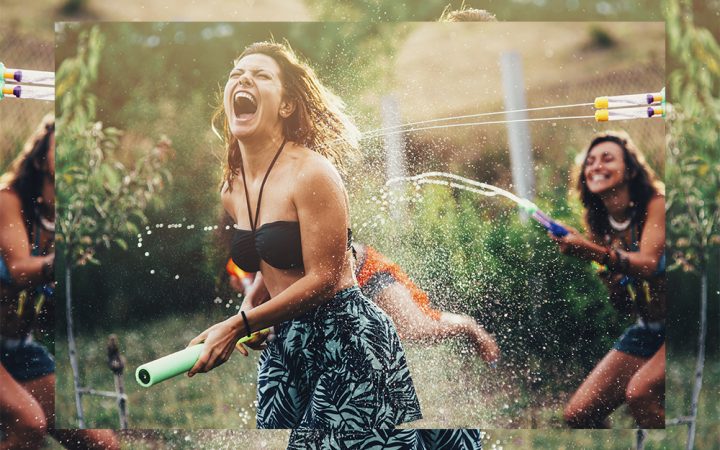 If you’re trying to tan or staying in the shade, you might think a lower SPF is sufficient. But given that we’re so bad at applying it, the actual SPF protection you’re getting is likely far lower (around 40% less) – so some experts recommend using a higher SPF to compensate.
Dr Phillips explains: ‘SPF 15, 30 and 50 filter out 93%, 97% and 98% of UVB radiation respectively. In reality, even when using SPF 50, you may be receiving less than SPF 20 protection. For this reason, we recommend SPF 30 and above.’
But don’t be lulled into a false sense of security – research suggests after applying higher factors, we’re tempted to sunbathe for longer. This is never a good idea (a higher factor doesn’t mean you can stay exposed for any longer).
If you’re trying to tan or staying in the shade, you might think a lower SPF is sufficient. But given that we’re so bad at applying it, the actual SPF protection you’re getting is likely far lower (around 40% less) – so some experts recommend using a higher SPF to compensate.
Dr Phillips explains: ‘SPF 15, 30 and 50 filter out 93%, 97% and 98% of UVB radiation respectively. In reality, even when using SPF 50, you may be receiving less than SPF 20 protection. For this reason, we recommend SPF 30 and above.’
But don’t be lulled into a false sense of security – research suggests after applying higher factors, we’re tempted to sunbathe for longer. This is never a good idea (a higher factor doesn’t mean you can stay exposed for any longer).
6. Your surroundings make a difference
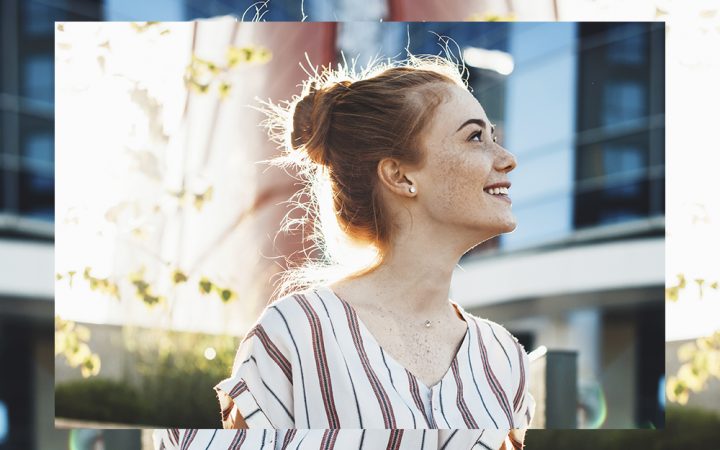 UV light doesn’t just blast you from above. It reflects from the surfaces around you, explaining why you may burn after splashing about in the sea.
Dr Phillips says: ‘Our environment has an impact on personal UV exposure. In urban settings, glass windows, concrete and marble surfaces can all reflect UV light and increase the amount we’re exposed to.’
He says that the choppy waves and sand can reflect around 20% and 15% more UV rays back on to you (on top of the amount coming directly from the sun) – upping your risk of damage. ‘So it’s important to take appropriate precautions in these terrains.’
By comparison, grass reflects back around 2%, making your picnic less risky than that beach barbecue.
UV light doesn’t just blast you from above. It reflects from the surfaces around you, explaining why you may burn after splashing about in the sea.
Dr Phillips says: ‘Our environment has an impact on personal UV exposure. In urban settings, glass windows, concrete and marble surfaces can all reflect UV light and increase the amount we’re exposed to.’
He says that the choppy waves and sand can reflect around 20% and 15% more UV rays back on to you (on top of the amount coming directly from the sun) – upping your risk of damage. ‘So it’s important to take appropriate precautions in these terrains.’
By comparison, grass reflects back around 2%, making your picnic less risky than that beach barbecue.
7. What you’re wearing can impact your sun safety
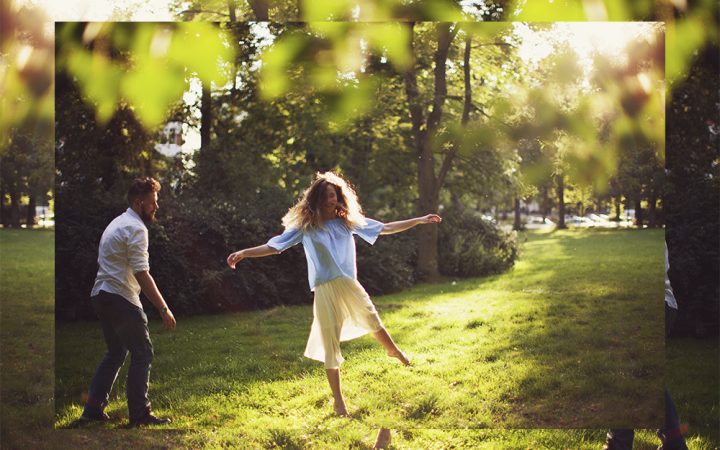 It sounds obvious, but wearing clothes protects you from sun damage. That said, not all clothing is equal – it’s all about the weave. ‘Tight weaves like cotton offer excellent protection, loose woollen weaves are less protective,’ explains Dr Phillips.
If you’re outdoors a lot – say on a long summer run – consider clothing with a UPF (ultraviolet protection) rating: 30-49+ is good, 50+ excellent, says the Skin Cancer Foundation.
What about colour? There’s a reason we associate summer with floaty pastels – pale shades reflect more UV light than dark colours like black. And research suggests bright blues and reds are particularly good at deflecting UV radiation.
Don’t forget a brimmed hat to shield neck and ears, and wraparound sunglasses, rated UV400 or higher, for maximum eye protection.
It sounds obvious, but wearing clothes protects you from sun damage. That said, not all clothing is equal – it’s all about the weave. ‘Tight weaves like cotton offer excellent protection, loose woollen weaves are less protective,’ explains Dr Phillips.
If you’re outdoors a lot – say on a long summer run – consider clothing with a UPF (ultraviolet protection) rating: 30-49+ is good, 50+ excellent, says the Skin Cancer Foundation.
What about colour? There’s a reason we associate summer with floaty pastels – pale shades reflect more UV light than dark colours like black. And research suggests bright blues and reds are particularly good at deflecting UV radiation.
Don’t forget a brimmed hat to shield neck and ears, and wraparound sunglasses, rated UV400 or higher, for maximum eye protection.
8. Location and time of day matter
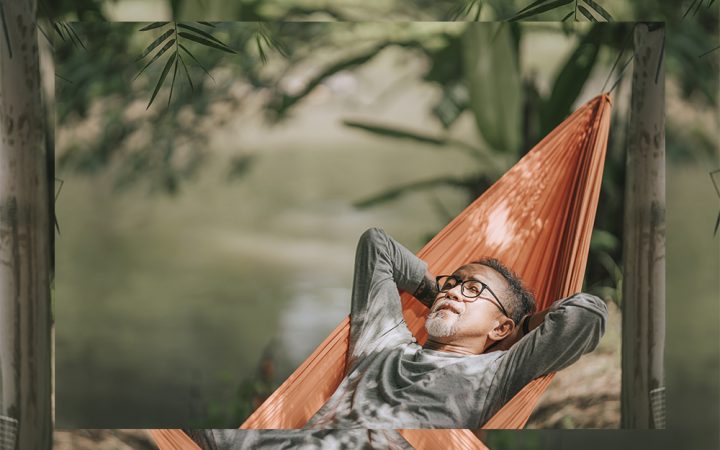 In UK summertime, the sun is strongest between 11am and 3pm, when directly overhead (and your shadow’s shorter than you). Retreat to a shady spot and plan outings in the morning or late afternoon.
Other factors include the amount of UV absorbed by the atmosphere, altitude and your position on the planet (countries close to the Equator receive more UV).
Many people don’t know about the UV Index which offers weather-style forecasts. ‘It identifies the strength of UV radiation at a particular place, on a particular day. It should be used to plan activities and minimise UV exposure,’ says Dr Phillips. Ratings of six and above are classed as higher risk to skin and eyes.
In UK summertime, the sun is strongest between 11am and 3pm, when directly overhead (and your shadow’s shorter than you). Retreat to a shady spot and plan outings in the morning or late afternoon.
Other factors include the amount of UV absorbed by the atmosphere, altitude and your position on the planet (countries close to the Equator receive more UV).
Many people don’t know about the UV Index which offers weather-style forecasts. ‘It identifies the strength of UV radiation at a particular place, on a particular day. It should be used to plan activities and minimise UV exposure,’ says Dr Phillips. Ratings of six and above are classed as higher risk to skin and eyes.
9. Darker skins still need protection
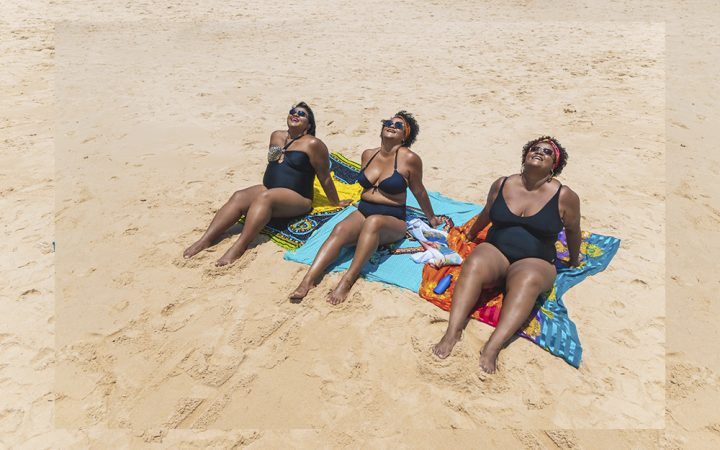 People with darker skins can tolerate higher levels of UV radiation without getting burned, says the World Health Organization (WHO), and have a lower risk of developing melanoma or non-melanoma skin cancers.
However, it’s still possible to burn, so it’s a good idea to use sunscreen, while UV can still cause signs of ageing and hyperpigmentation. Skin cancer also tends to be diagnosed at a later stage in people of colour, meaning it’s more deadly. We’re finally seeing a better range of sunscreens formulated for black and brown skins, that don’t leave a white ‘ghosting’ residue.
For lighter skins that have tanned, it’s a myth that this protects from damage. Some research indicates tans only give protection equal to using an SPF 3 sunscreen, or lower. (Tanning itself is a sign that your body is trying to protect itself from damage.)
People with darker skins can tolerate higher levels of UV radiation without getting burned, says the World Health Organization (WHO), and have a lower risk of developing melanoma or non-melanoma skin cancers.
However, it’s still possible to burn, so it’s a good idea to use sunscreen, while UV can still cause signs of ageing and hyperpigmentation. Skin cancer also tends to be diagnosed at a later stage in people of colour, meaning it’s more deadly. We’re finally seeing a better range of sunscreens formulated for black and brown skins, that don’t leave a white ‘ghosting’ residue.
For lighter skins that have tanned, it’s a myth that this protects from damage. Some research indicates tans only give protection equal to using an SPF 3 sunscreen, or lower. (Tanning itself is a sign that your body is trying to protect itself from damage.)
10. Your SPF moisturiser label isn’t reliable
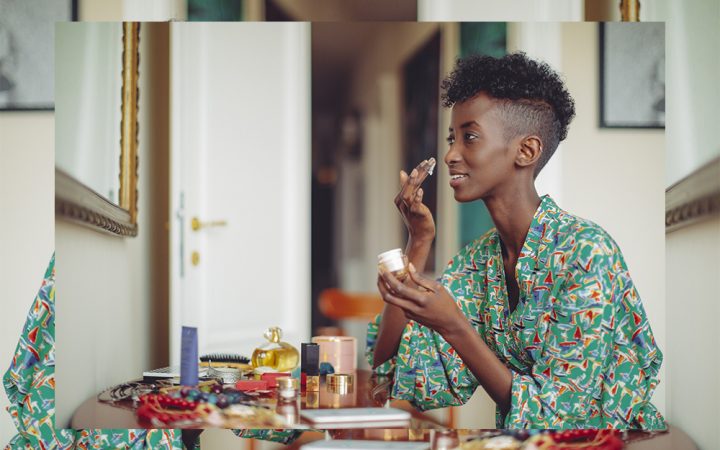 If you’re breezily slapping on your usual SPF 15-tagged facial moisturiser thinking it’s enough, it isn’t. These might offer a base level of protection year-round, but are a poor substitute for targeted sunscreen. (The same goes with make-up containing SPFs.)
You don’t necessarily need a separate pricey facial sunscreen (though you might prefer the feel). ‘A single sunscreen product can be used for the body and face,’ says Dr Phillips.
Similarly, don’t rely on ‘misleading’ labels saying ‘water resistant’, cautions Dr Phillips – these only mean products must retain 50% of their original SPF after 40 minutes in the water. ‘The take-home message is to reapply.’
If you’re breezily slapping on your usual SPF 15-tagged facial moisturiser thinking it’s enough, it isn’t. These might offer a base level of protection year-round, but are a poor substitute for targeted sunscreen. (The same goes with make-up containing SPFs.)
You don’t necessarily need a separate pricey facial sunscreen (though you might prefer the feel). ‘A single sunscreen product can be used for the body and face,’ says Dr Phillips.
Similarly, don’t rely on ‘misleading’ labels saying ‘water resistant’, cautions Dr Phillips – these only mean products must retain 50% of their original SPF after 40 minutes in the water. ‘The take-home message is to reapply.’
11. You shouldn’t dodge sunscreen for vitamin D
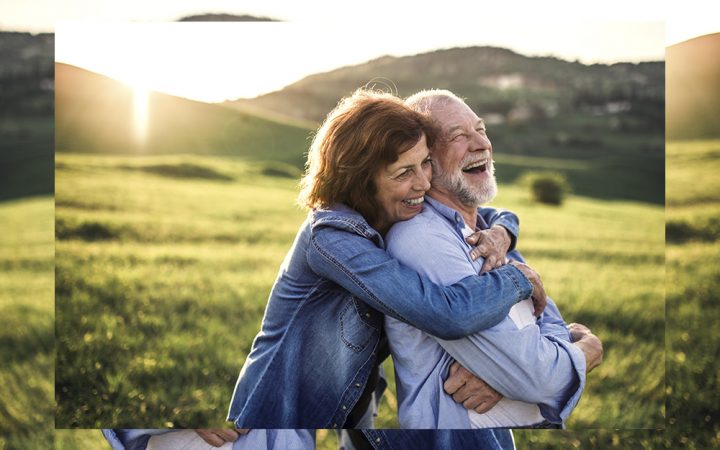 It’s UVB that helps us make vitamin D, which is why you should expose skin to sunlight for short periods regularly. The WHO recommends 5-15 minutes on hands, face and arms 2-3 times a week in summer, but the NHS says exact times will vary as darker skins need longer.
Most experts clearly advise that you shouldn’t avoid wearing sunscreen to help you synthesise vitamin D – most of us make enough through casual sun exposure (see above), and there’s no clinical evidence regular sunscreen use is linked with a deficiency. The risks of melanoma and other skin cancers is much more of a worry.
Thinking about getting away this summer for some rest and relaxation? Here are some reasons why travelling (even in the UK) is beneficial for you.
Vitality offers mental health support with private health insurance. If you’re a Vitality health insurance member, log into Member Zone to access the mental health hub.
It’s UVB that helps us make vitamin D, which is why you should expose skin to sunlight for short periods regularly. The WHO recommends 5-15 minutes on hands, face and arms 2-3 times a week in summer, but the NHS says exact times will vary as darker skins need longer.
Most experts clearly advise that you shouldn’t avoid wearing sunscreen to help you synthesise vitamin D – most of us make enough through casual sun exposure (see above), and there’s no clinical evidence regular sunscreen use is linked with a deficiency. The risks of melanoma and other skin cancers is much more of a worry.
Thinking about getting away this summer for some rest and relaxation? Here are some reasons why travelling (even in the UK) is beneficial for you.
Vitality offers mental health support with private health insurance. If you’re a Vitality health insurance member, log into Member Zone to access the mental health hub.
Recent articles
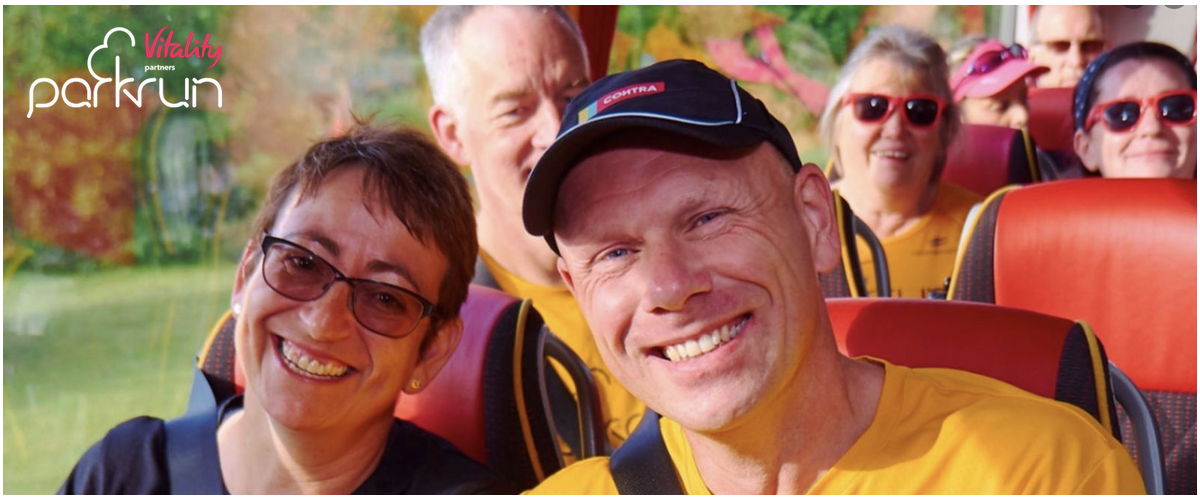
More than a parkrun: ‘It’s all about the community’
parkrun has given Mark more than he could have ever imagined – not least a budding community that he can rely on through the good and the bad
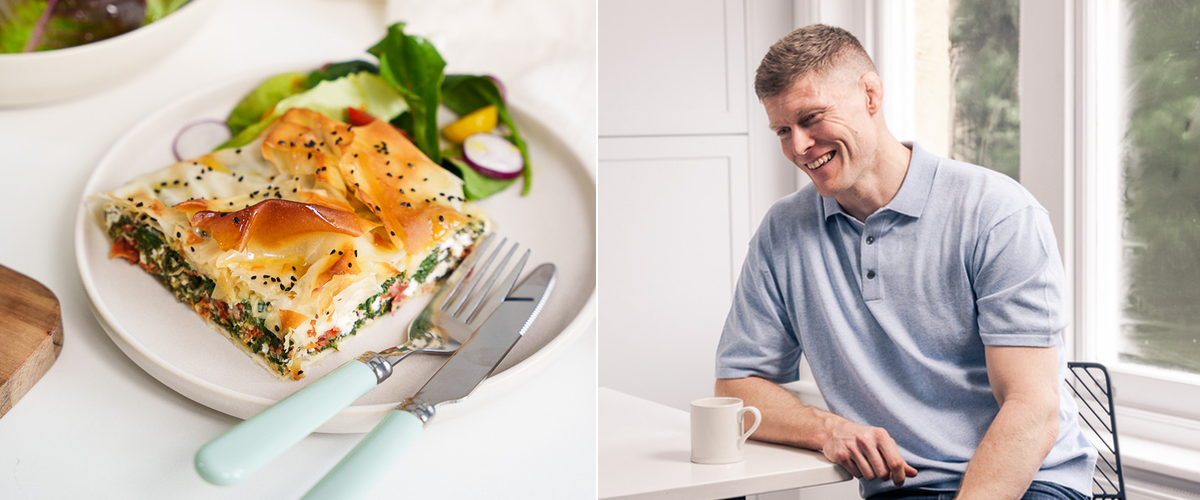
Eat your greens! 3 spinach recipes to enjoy this spring
Spinach is in season and our resident nutritionist, James Hudson, has rustled up 3 family-favourite recipes for you to enjoy this spring
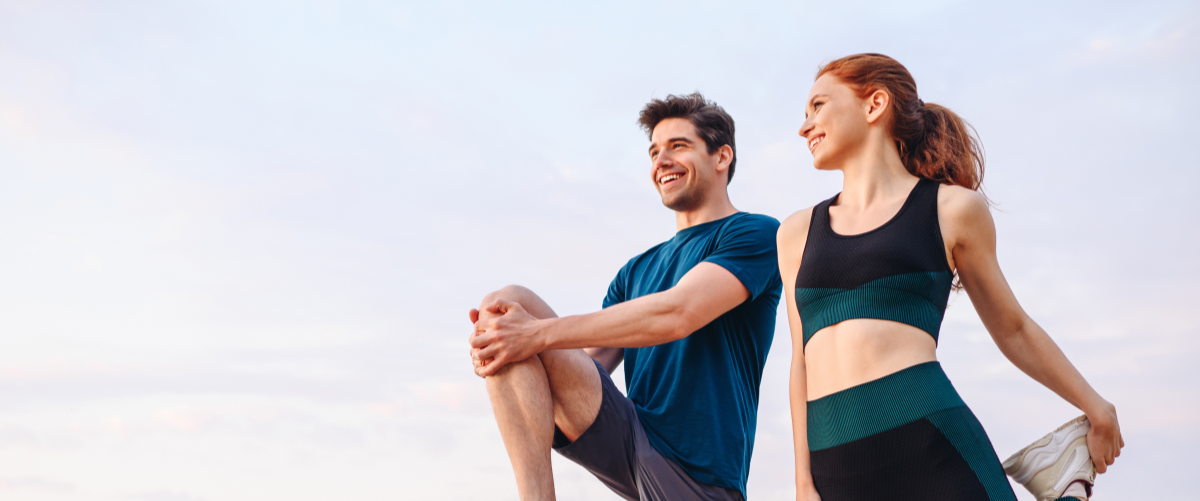
How to become the perfect workout buddy
With group running found to have the same impact on mental health as a course of anti-depressants, there’s never been a better time to enjoy the benefits of social exercise
